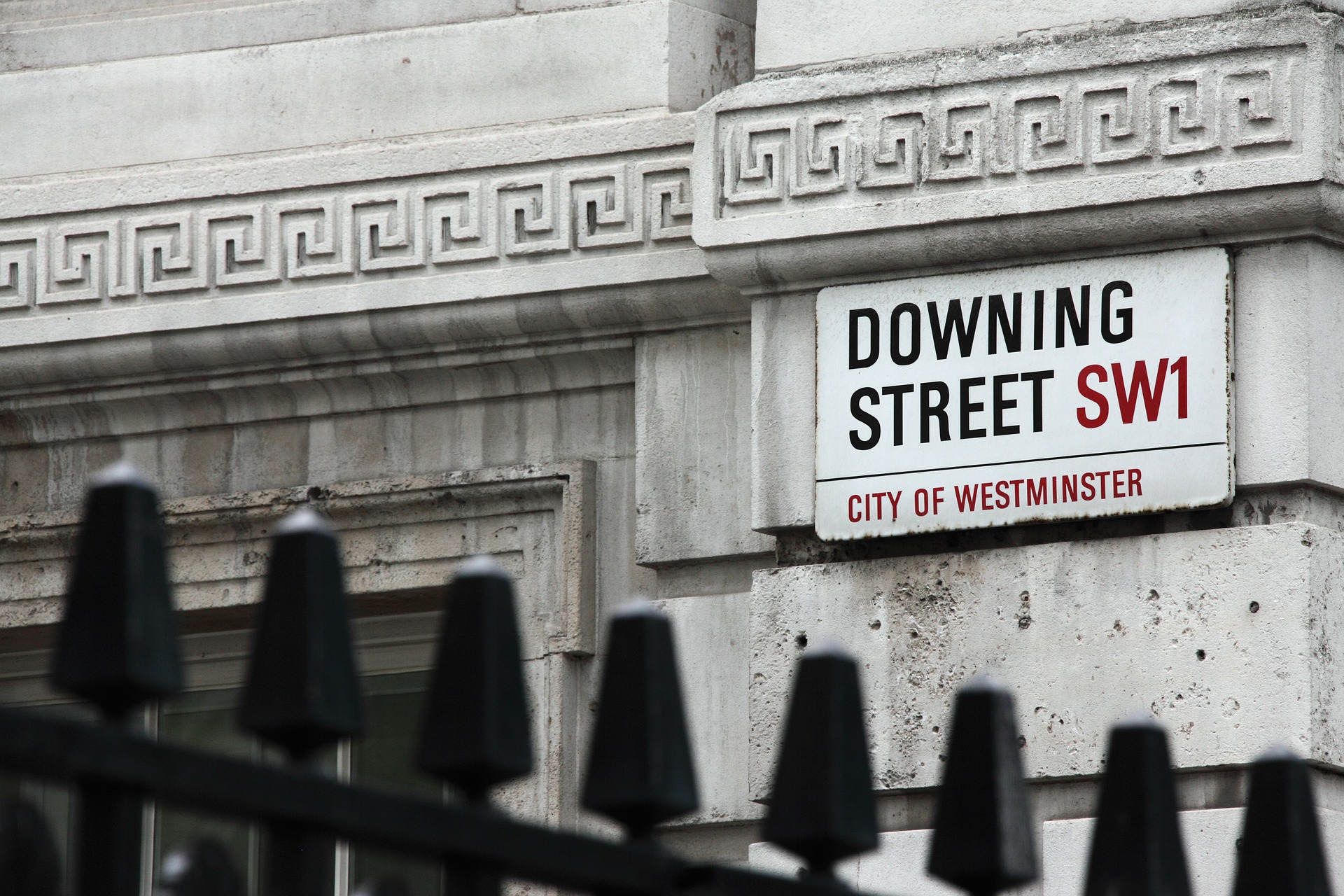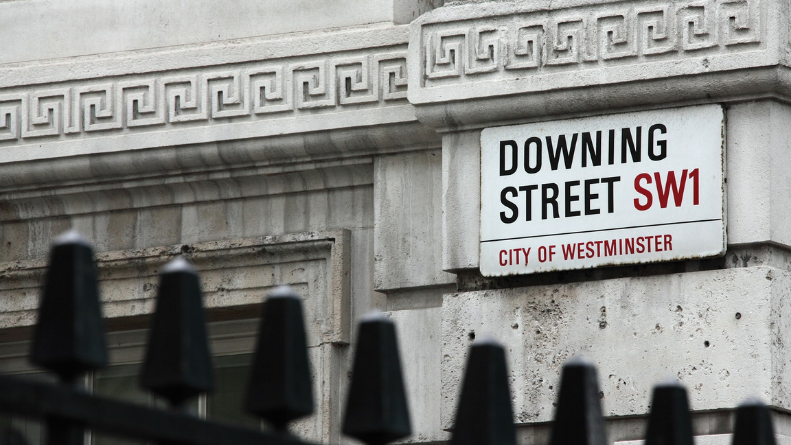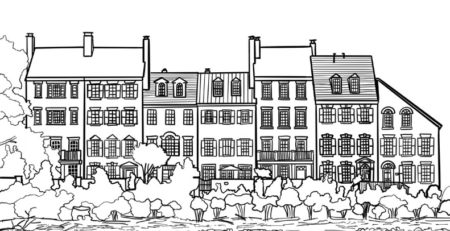The UK Housing Crisis: What Can Be Done About it?
The UK is facing a housing crisis, one that has been ongoing for several years. In recent times, people have found themselves unable to afford to buy a home since house prices have increased faster than wages. There are several complex socioeconomic factors that have contributed to this, including advances in technological innovation, increasing automation, workforce deskilling, and the effect of globalisation.
For those that could find a mortgage with low deposit requirements – as is the case in some parts of the country – this doesn’t necessarily solve their problem of being unable to meet the monthly mortgage repayments, resulting in the necessity to find hefty deposits if they want to get their foot on the property ladder. Saving up for a big deposit is a real challenge for many, no doubt contributing to an increase in would-be homeowners living with relatives while saving.
Affordability and declining wages are one aspect of the UK housing crisis; related to this is the low availability of affordable social housing stock. Low stocks of affordable housing force more people into the private rental sector, where they will unfortunately find that their rent could be higher than what a mortgage would cost them.
Chronology: Origin of the affordability problem
In the early 1970s, the picture was much different than it is today. UK government stats reveal that across the UK, about one third of homes are comprised of local government social housing stock.
Due to this huge availability of social housing, an appreciated alternative was available to people that didn’t own their own home, and this was at a time when the average house price was only £4,057.
However, fast forward to the 1980s and the situation started to change with the introduction of boosting the right to buy by the Conservative government of Margaret Thatcher. Notwithstanding that the scheme – which allowed tenants to purchase their houses for a reduced sum – had already been in existence for years prior to the Thatcher government’s injection of greater impetus into it with the introduction of the Housing Act of 1980.
The results were predictable: the level of available social housing – sometimes called council housing – has been on a steady decline ever since, although it started to level off a little around 2010. Naturally, this resulted in a huge increase in UK homeowners by the mid-1980s, whereby about 500,000 council properties were sold off in just five years.
Added to the fact that people were now buying their homes at a huge discount, social housing stock was also being snatched up by housing associations.
In response to the booster jet being placed behind the right to buy scheme, in the following few decades (1980s-1990s), more mortgage lenders entered the scene and mortgage loan availability proliferated. Adding fuel to the system, deregulation of the financial sector was also underway, and this led to greater freedom for mortgage lenders to charge what they liked – thus a flood of cash entered the system.

Following hot on the heels of the Housing Act of 1980, the 1988 Housing Act provided further hurdles for local councils to provide affordable housing by allowing housing associations to seek private funding for purchasing new homes and repairing existing ones. The 1988 Act afforded powers and abilities to housing associations that councils up and down the country lacked; consequently, most of the councils started to hand over ownership of their stocks to them. By the end of the 1990s, around 250,000 houses had already been handed over.
As the 1980s faded away and gave way to the 1990s, a housing market crash ensued, resulting in many people losing their homes. Due to the rapid drop in house prices, many people found themselves in negative equity–the value of the house is less than what is owed–and thus unable to keep up with repayments. These repossessed homes re-entered the market, resulting in prices falling even further.
By 1992, the number of new homes being built in the UK – 179,100 – was about half of what it had been only a few decades earlier. Due to relaxed mortgage lending rules and half the homebuilding taking place, house prices started to rapidly rise. Although house prices started to rise again after the crash, wages didn’t keep pace with this. The changes within just one decade were dramatic: mortgage payments increased from about 25% of the average wages to about 33%.
In 1996, a new “buy-to-let” initiative was launched by the Association of Residential Letting Agents that introduced new mortgages which specialised in buy-to-let. Added to this, declining interest rates meant that more and more people were starting to invest in the housing market as it offered a stable place to put their money. From this, a healthy rental market developed but at the same time aided in purchasing up prices even further.
House prices continued to soar in the UK until 2007… The financial crash that struck was instigated by the collapse of Lehman Brothers in the US, also known as the “global financial crash” (GFC). Mortgage lending then started to contract as lenders became nervous about certain mortgages that were being offered. With a double whammy of fewer mortgages available and an economic recession, the mortgage market became much tougher to access, resulting in a combination of two salient factors forcing more people into private renting :
- Tougher mortgage market
- Lower social housing stock
Fortunately, for many homeowners navigating their way through the credit crunch, historically low interest rates meant the number of repossessions was limited to what it could have been. However, these low interest rates also meant that buy-to-let property investing became more attractive as a lucrative investment opportunity.
Against this backdrop, two important factors were playing out:
- By 2009, housing provided by local councils had hit an all-time low of just 9% of available homes, a huge drop from the 32% high in the 1970s. By 2018, this percentage had dropped even further to 7%
- The number of new homes being built in the UK dropped to a level not seen since 1946. Agitating against this, the population level continued to rise. Indeed, in the last 20 years, the UK population has increased by over 8 million people
To try and add new life to the UK housebuilding and home buying market – deflated due to lenders requiring larger deposits and a construction slump – two help-to-buy initiatives were launched in 2013 by the government. One of the schemes worked by extending existing schemes to offer loans on new-built homes. The other scheme involved the government incentivising lenders to allow more 95% mortgages on which the government would give security guarantees against – shifting the risk from lenders to public money.
However, warnings were given by various analysts that this wouldn’t help solve the UK housing crisis and would even force up prices.
In 2015, some dramatic tax changes took place that impacted UK landlords. The Conservative government initiated:
- The 45% tax break that landlords enjoyed on mortgage interest was to be cut to 20% by 2017, announced chancellor George Osborne
- The automatic right of 10% relief for wear and tear would no longer exists
- 3% surcharge on second homes was to come into effect the following year
In 2018/19, the government then took steps to increase homebuilding by councils by removing the ceiling on the amount councils could borrow to build new homes. This initiative did start to have an effect, with more homebuilding occurring after several councils across the UK took advantage of an increased budget.
Then, in 2020, the world was hit by a pandemic which severely impacted the global economy as non-essential businesses were ordered to close. However, as the UK economy started to reopen back up, businesses started to recover. In 2020, house prices jumped 8.5%, according to UK government numbers, and two factors helped achieve this growth:
- Stamp duty holiday in England and Wales
- The so-called “race for space” is driven by changes in working practises like remote working, and larger homes are sought
To summarise the origin of the affordability problem
- Decades with selling off social housing
- Not enough housing is being built
- High rents make it tough for would-be homeowners to save for deposits
- Skyrocketing house prices mean savers find it difficult to raise a big enough deposit
- Low interest rates make it harder to save for deposit
- Wages are not keeping pace with house prices
What can be done to tackle the housing crises?
- Build more affordable housing
- Leverage new construction technology and innovation
- Overhaul the private rental sector
- Increase wages
Build more affordable housing
No one seems to doubt that much more affordable housing needs to be built. But who is going to build it? As things currently stand, around 50% of affordable housing is being built by developers via Section 106 (S106) Agreements. This system – in which developments are built on new private estates and blocks and connected with planning permissions – is set to be replaced by a national infrastructure levy. It remains to be seen how this will play out and affect the UK housing stock.
Research by the National Housing Federation has stated that at least 145,000 affordable homes need to be built every year for at least the next 5 years. Out of these, over half should be earmarked for social renting – low-cost housing that is coupled with local income. To date, only 7,000 houses annually have been built that meet this criterion, falling woefully short of what is needed.
It may seem obvious to say, but affordability means access to affordable housing. As the housing charity Shelter noted, “The bottom line is, you cannot solve affordability without genuinely affordable homes. That means we need to address the chronic shortage of social homes in this country. This shortage is at the heart of our housing emergency. ”
As an additional incentive for property developers – the principal driver of housebuilding in the UK – tax concessions should be looked at for those that have shown a willingness to develop large-scale housing projects in locations of high demand.
Leverage new construction technology to innovate
Many more homes need to be built in high demand areas, like major cities around the UK. By adopting new construction technologies and methods, this could be speeded up and done at a lower cost which could be passed onto buyers. Indeed, this is exactly what the National Housing Federation (NHF) has recommended, so called “modern methods of construction (MMC).”
One construction innovation – which will help to reduce the cost of housebuilding, improve build quality, and improve completion time – as mentioned by the NHF, is off-site manufacturing. Adopting this construction method will not only help build the stock of houses that are desperately needed, but it will also go a long way towards mitigating environmental impact by reducing waste and C02 emissions.

Similar in idea, modular construction technologies and methods are making inroads in the commercial construction sector, also yielding the same benefits in terms of reducing build time and mitigating environmental impact.
So, what is the potential effect of leveraging these new building methods and technologies? According to NHF research that they conducted on data provided by the National Audit Office, a four-fold increase in homes being built without having to increase on-site labour is possible.
Other potential technologies that could speed up the building of housing stock include 3D printing. 3D printing technology has come a long way and has already shown what it can do with the successful completion of various housing projects across Europe. Indeed, 3D-printed houses are already in use with paying tenants. Like with off-site manufacturing and modular building, 3D printing reduces the environmental impact.
Widespread adoption by construction companies of other time and cost saving technologies, that also include things like AI and machine learning, Building Information Modelling (BIM) intelligent software, and drones can all play a part in the government’s plan to “build back better.”
Make improvements to the private rental sector
The think tank Resolution Foundation has recommended that we need to be thinking along the lines of “indefinite tenancies” and improving tenants’ loans to help with the crises in rental arrears in the wake of the pandemic, thereby keeping renters in their properties to avoid mass evictions.
For landlords to continue attracting tenants to their properties, a better system that gives some renters more security in staying in the rental property where they are could be developed. This will help renters plan better for the long-term due to greater certainty, especially for things like family planning etc, and it will simultaneously also give landlords more rental income stability, as well as reduced void time and thus loss of rental income.
Of course, there will always be a need for short-term tenancies, such as with student accommodation, for example, but with the average tenancy being between 6 months and 1 year, this can often be burdensome with expenses to both the renter and landlord.
Increase wages
The availability and cost of housing are one side of the coin. The other side of the coin is pay. A major issue concerned with the high number of people trying to buy a house is that pay has not historically kept up with house price rises.
Many of the key workers that are struggling to buy a home are in public sector jobs, where pay freezes are common across the board. Of course, this issue isn’t only affecting the public sector.
Solutions to this part of the equation can include things like reviewing the national living wage and improvements in the social security system. With recent economic upheaval, additional support for renters on low income can also be a priority -such as the renters loans mentioned above.
Conclusion
Many challenges need to be faced head-on to resolve the UK housing crisis. It is a complex issue with many moving and changing parts, some of which are next to impossible to control. Like any complex and dynamic system, a change in one area can cascade and affect all other areas. Compounding the crisis in the wake of the pandemic, as an example, is the current materials shortages and price inflation, especially in building materials and energy.
Furthermore, it’s not just house shortages that have forced up house prices to dizzying heights; changes in socio-economic circumstances have meant more people are looking to move to accommodate new working patterns and behaviours, both for workers and businesses.
Innovative solutions are needed to alleviate the UK’s housing crises, especially since the Johnson government has indicated its abandonment of the controversial relaxation of planning laws for more houses to be built. Part of the planned relaxation was to limit the rights of local people to object to new building in undesired locations, a tough sell for any government.
However, aside from the obvious concerns of many people with the degradation and aesthetic loss of green spaces in rural areas, and growing concerns about environmental issues like bio-diversity loss, the reality of the UK housing crisis means that the government will have to at some point find a balance between relaxing the planning laws and building sustainably with eco-friendly homes in these areas.
The challenge must and can be met. Indeed, a slight relaxation of planning laws doesn’t mean the UK countryside will lose its much-loved character, or that towns across the country will devolve into unrecognisable skylines. With utilising new construction technologies, materials, and designs, it’s possible to develop greener homes for people in these spaces that enhance and not detract from the area.
ARE YOU READY TO START INVESTING?
Subscribe to our mailing list now for exclusive deals, investment guides and the latest information from the property market.







